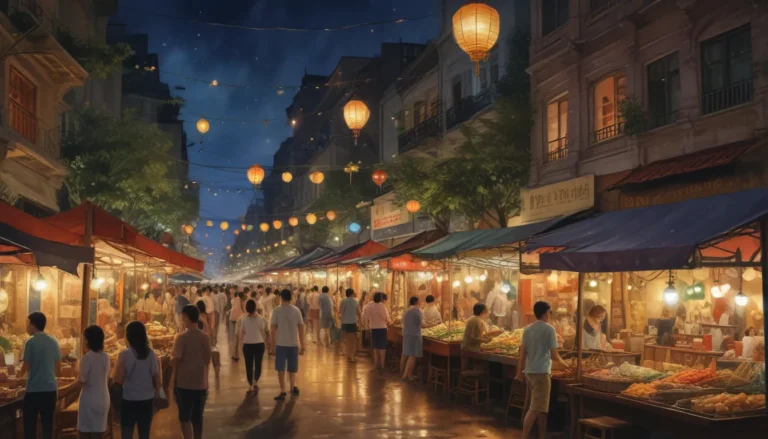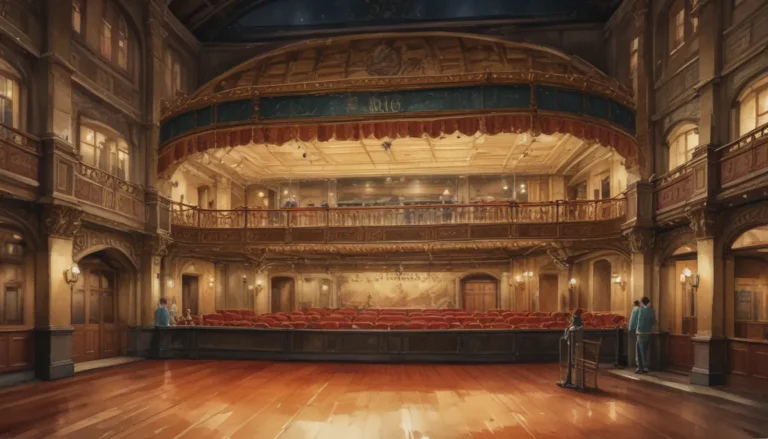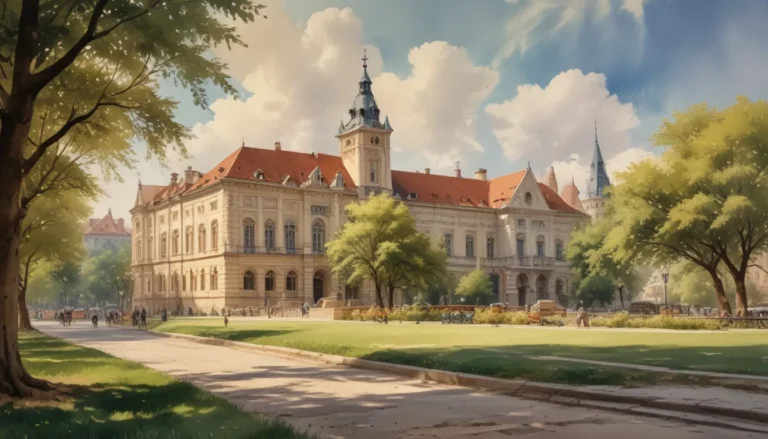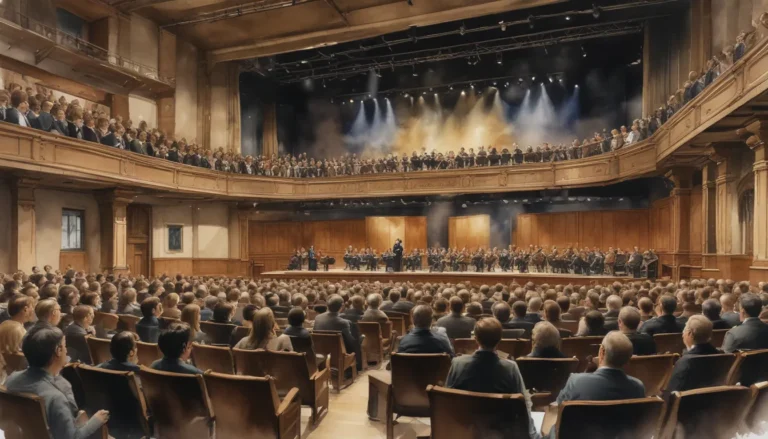The images in our articles are for illustrative purposes only and may not exactly match the content. They are intended to capture your interest and complement the text, not to replace it.
The Potala Palace, nestled in the heart of Lhasa, Tibet, stands tall as a beacon of Tibetan heritage and Buddhist traditions. With its rich history and cultural significance, this iconic landmark has mesmerized visitors from all corners of the globe. Let’s delve into seventeen fascinating facts about the Potala Palace, uncovering its captivating construction, religious importance, and profound impact on Tibetan society.
The Potala Palace: A Marvel of Ancient Splendor
- Highest Ancient Palace: Sitting atop Marpo Ri Hill, the Potala Palace reigns as the highest ancient palace globally, perched at an elevation of 3,700 meters.
- Origins in the 7th Century: Constructed during the reign of King Songtsen Gampo in the 7th century, the palace was expanded in the 17th century by the 5th Dalai Lama.
- Over 1,000 Rooms: Boasting a complex of more than 1,000 rooms spread across 13 stories, the palace is a labyrinth of chapels, halls, and living quarters.
- Religious Sanctuary: Revered as a significant religious site, the Potala Palace serves as the winter residence for the esteemed Dalai Lama.
The Beauty Within: Treasures and Spiritual Riches
- Awe-Inspiring Artifacts: Within its walls lie a vast array of Buddhist art, from thangka paintings and statues to ancient scriptures.
- Golden Grandeur: Adorned with pure gold roofs, the palace exudes an exquisite and radiant aura that captivates all who behold it.
- Handcrafted Majesty: Over 50,000 skilled artisans, including craftsmen, painters, and sculptors, lent their talents to build this architectural marvel.
- Enduring Resilience: Despite facing earthquakes and fires throughout its history, the palace has stood the test of time, restored to its former glory.
Two Palaces, One Magnificent Legacy
- Divine Dichotomy: The palace is divided into the Red Palace, dedicated to religious pursuits, and the White Palace, housing the Dalai Lama’s administrative affairs.
- Artistic Splendor: Magnificent frescoes and murals adorn the palace walls, depicting tales of Buddhist teachings, historical events, and Tibetan folklore.
- Panoramic Vistas: Visitors can bask in sweeping views of Lhasa and the glistening Lhasa River from the palace’s heights.
Cultural Pillar and Global Gem
- Tourist Magnet: Drawing millions of visitors yearly, the Potala Palace is a beacon for those seeking to uncover Tibetan history, beauty, and serenity.
- Creative Muse: Inspiring countless artists, writers, and poets over the ages, the palace has birthed works that capture its grandeur and spiritual significance.
- Symbol of Identity: Reflecting Tibetan identity and resilience, the Potala Palace stands as a testament to the enduring spirit of its people.
- UNESCO Recognition: Designated a UNESCO World Heritage site in 1994, the palace’s universal value is celebrated and safeguarded for future generations.
Majestic Gardens and Lasting Legacy
- Architectural Splendor: The palace showcases Tibetan artisans’ craftsmanship, boasting intricate woodwork, vibrant colors, and meticulous details.
- Serenity Surrounds: Lush gardens bedecked with blooming flowers offer a tranquil haven for visitors to explore and revel in the palace’s splendor.
The Potala Palace’s allure goes beyond its physical magnificence, delving into the depths of Tibetan history and spirituality. As you traverse its hallowed halls and gaze upon its awe-inspiring artifacts, you’re sure to be enveloped in a sense of wonder and reverence.
Unraveling Mysteries: FAQs About Potala Palace
- Age: The Potala Palace dates back to the 7th century, standing for over 1,300 years.
- Elevation: Perched at 3,700 meters above sea level, the palace offers a lofty perch.
- Rooms: With over 1,000 rooms, including chapels, libraries, and living spaces, the palace is a labyrinth of wonders.
- Public Access: Guided tours welcome visitors to explore the palace’s splendor, with limitations to preserve its cultural heritage.
- Photography Policy: While interior photography is restricted, exterior snapshots are permitted.
- Visit Duration: A typical visit spans 2 to 3 hours, allowing ample time to soak in the palace’s grandeur.
- Entrance Fee: Admission fees vary for different visitor categories, ranging from local residents to international tourists.
- Accessibility: While the palace poses challenges for those with disabilities due to steep staircases, certain areas can be navigated with assistance.
As you immerse yourself in the magic of Potala Palace, you’ll uncover an enchanting world brimming with history, artistry, and spiritual serenity. Embrace the opportunity to witness this timeless treasure and embrace the profound legacy it represents.
An Invitation to Potala Palace’s Timeless Splendor
The Potala Palace beckons travelers from far and wide to partake in its legacy of beauty and spirituality. A harmonious blend of history, architecture, and culture, this majestic landmark promises an unforgettable journey through Tibet’s rich tapestry of traditions. Whether you seek historical insights, architectural marvels, or moments of tranquil contemplation, the palace offers something truly special for everyone. Embrace the opportunity to embark on a transformative voyage into the heart of Tibetan heritage and experience the enduring allure of Potala Palace.
Stay engaged with Potala Palace’s riveting past as a revered monastery and delve into intriguing facets of Tibet’s cultural tapestry. Immerse yourself in the enchanting world of this iconic landmark and discover the captivating stories that lie within its ancient walls.






